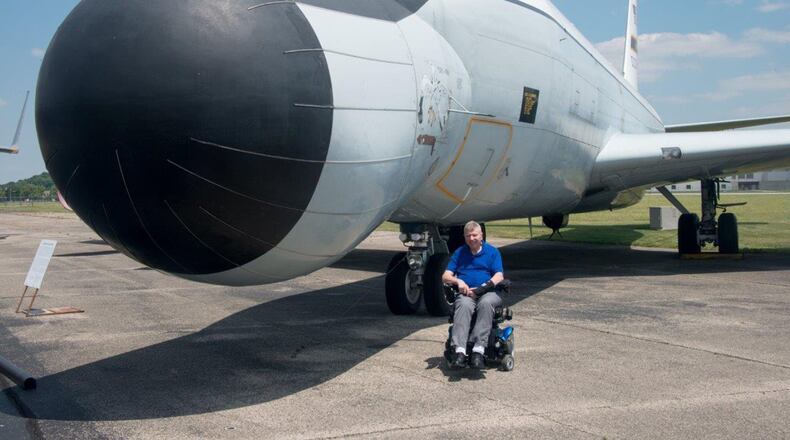Nolte’s military career took him all over the world, including assignments and temporary duty at Korat Royal Thai Air Force Base, Thailand; Itazuke Air Base, Japan; Tainan Air Base, Taiwan; Kwang Ju Air Base, Korea; Hahn AB, Germany; Zaragosa AB, Spain; Decimomanu AB, Sardinia, Italy; Incirlik AB, Turkey; Ascension Island, South Atlantic; Anderson AFB, Guam; and Ramstein AB, Germany, plus other foreign and stateside bases.
He noticed during his career a key difference among fellow maintainers in other areas of the world.
“We gave our enlisted force a lot more responsibility and a lot more authority” than some other forces at that time, he said.
Nolte also recalls how dedicated Airmen were in trying to do a good job.
“They were really, really good at getting down to nuts and bolts,” he said.
The addition of female aircraft maintainers also occurred during his career.
“It allowed us to take advantage of the entire population. We could use people with the proper skills regardless of gender,” Nolte said. “At first the guys tried to protect the women. … I had to tell one guy, ‘She’s a good electrician; you let her do her job.’”
Nolte said he was proud to have served under the first female aircraft maintenance officer, Maj. Gen. Marcelite Jordan Harris, who also was the first African-American female general officer in the Air Force and its first female director of Maintenance.
“I saw changes in not only the capability of the force but also its composition,” he said.
Following his service, Nolte became a civilian systems engineer at the Air Force Research Laboratory for almost 20 years. During that time he wrote a book on measuring technology maturity, “Did I Ever Tell You About the Whale?”
“I enjoyed going to work and dealing with people smarter than I was,” the retiree said of his years at AFRL.
A talkative and knowledgeable man, Nolte willingly shares what he’s learned when he visits the Air Force museum about six times a year. That’s when he turns into an impromptu interpreter and guide.
“I often find that as I meander through the Air Force Museum exhibits I will have what I call, ‘An Air Force Museum Minute,’” he said. “These are special times when I’ll discuss the exhibits with other visitors, sometimes finding that they have a connection with the artifacts on display.
“Sometimes as I move around the airplanes with some family members or friends, I’ll explain some of the features of the airplanes or tell stories about them. One of my sisters noticed on one occasion that quite a few of the other visitors were following our little group to hear my spiel.”
Chatting with people about their experiences is what makes such exchanges enjoyable, Nolte said.
“You run across people who have flown or maintained the aircraft or similar aircraft, or have an interest in flying,” he said. “There are all kinds of people who have had experiences they are willing to talk about.”
Those moments are when Nolte can give someone else a museum minute.
About the Author
